Alnwick Branch NDFHS Virtual Meeting July 2020
Coronavirus prevented Alnwick Branch (and all other branches of the NDFHS) from meeting during the summer of 2020. Since our members’ discussion evening is always one of the highlights of the year, it was decided to hold this Alnwick meeting virtually instead. The topic was “The person I would most like to have met, and why”. Members were invited to send in their planned contribution by e-mail and the, as-ever, fascinating results circulated:
Thomas Longstaff (1788-1864) was my great, great grandfather, a successful and flexible businessman. Originally he was a Fellmonger with a tannery in Morpeth. It was situated in the upper part of Newgate Street, roughly where Dawson Place now stands and listed in the 1822 Piggott’s Directory. The Tan Pits were situated beside the Cottingburn, extending into Back Riggs car park. It later became the site of Swinney’s Ironworks. He also had a Fulling Mill close to the river near the Old Red Bull. In this area Tenter frames were erected for stretching the cloth after the fulling process.
Morpeth was an important centre for leather tanning and wool manufacture until the mid 19th century. The Newcastle-Berwick railway line (1847) then diminished Morpeth’s importance as a cattle market. The town instead became an important service centre for the growing population of miners and railway workers employed in the wider locality. In 1851, as the cloth trade went into decline, Tommy closed the mill and converted it into a public house called The Prince Albert Inn. In addition to selling beers and spirits the Prince Albert housed a menagerie and an eccentric museum. Tommy laid on boats and refreshments and it became a popular tourist destination, attracting day-trippers from all along the Newcastle to Berwick railway.
Items in his displays included “Portions of Exhausted Thunder Bolts”, “A Wig worn by William Wallace”, “The remains of Lord Nelson’s Glass Eye” and “An Ornament worn by Mary Queen of Scots” to name but a few. I would have loved to have asked him whether any of them were genuine!
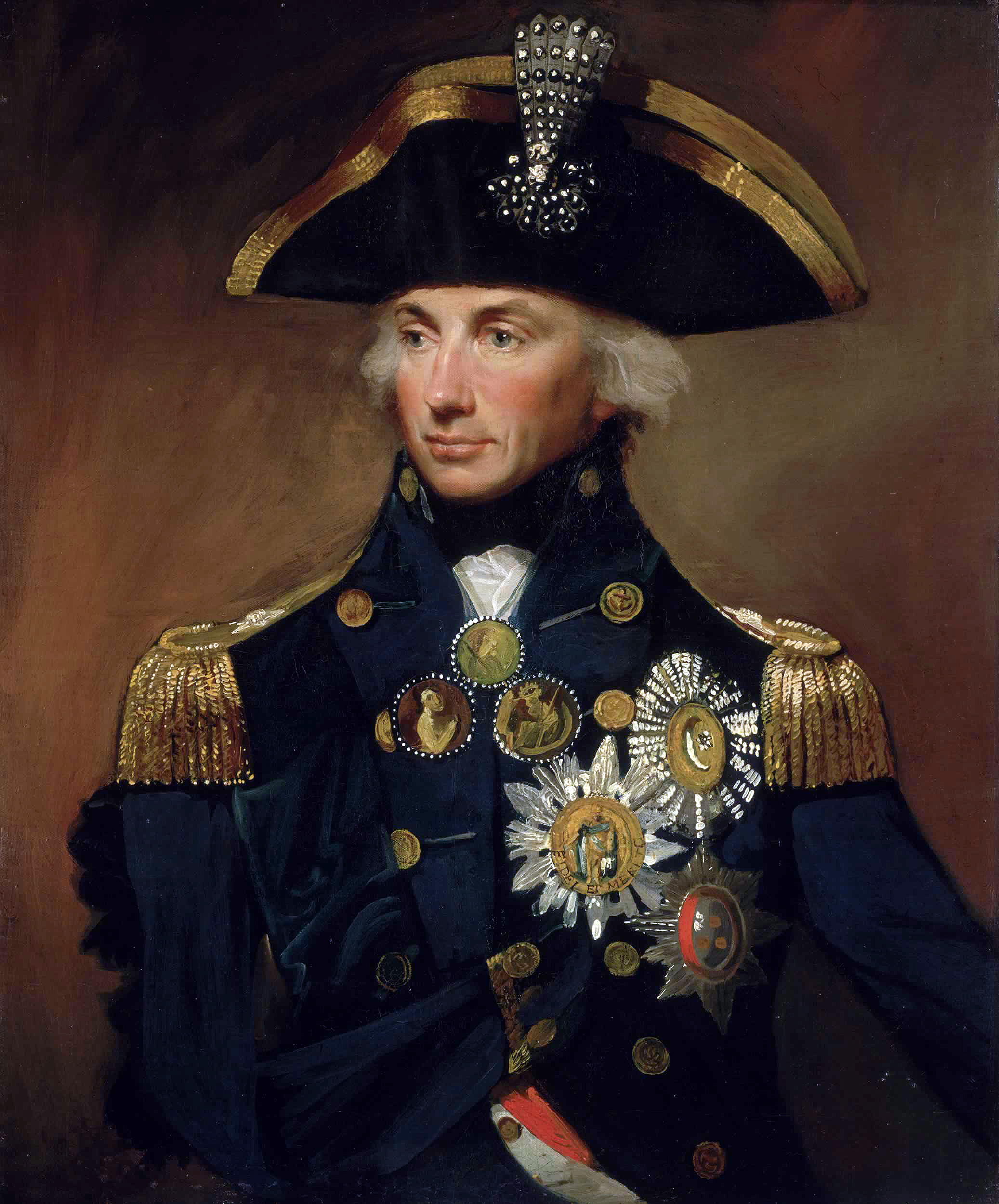
Nelson with his glass (right) eye still in place!
I would have loved to have met Sgt.Thomas Jenkinson (1869-1919), to have asked him the full story about his bigamy. A chance look at West Yorkshire Digitalised Records showed Thomas marrying a Florence Emily Walker in 1889 in Bingley. Aged 21, he was a described as a mill hand, and his father was listed as Joseph Jenkinson. The marriage was witnessed by maternal grandfather Stephen Wilson. Thomas signed the register as normal with his name. We knew nothing of this marriage. To add to the confusion, the transcriber of the record recorded him as marrying Horace Emily Walker! It was only when seeing the real record that it revealed her actual name as Florence. Always look at the originals if possible!
We believe Thomas joined the army masquerading as a single man in 1893, for a life as an ordinary soldier. He then spent 18 years abroad in India, then in South Africa during the Boer Wars. Like many soldiers, boredom made him drink and fight, as shown in the records. He still, however managed to gain promotion to Sergeant in the Kings Own Yorkshire Regiment, and returned to England.

Sgt Thomas Jenkinson in his uniform
In 1911 Thomas Jenkinson married Louisa Steed, giving his marital status as “Bachelor”.
A quick check of the signature on military records and the two marriage records showed they belonged to the same man. He always finished the last letter of his name with a distinctive swirl.
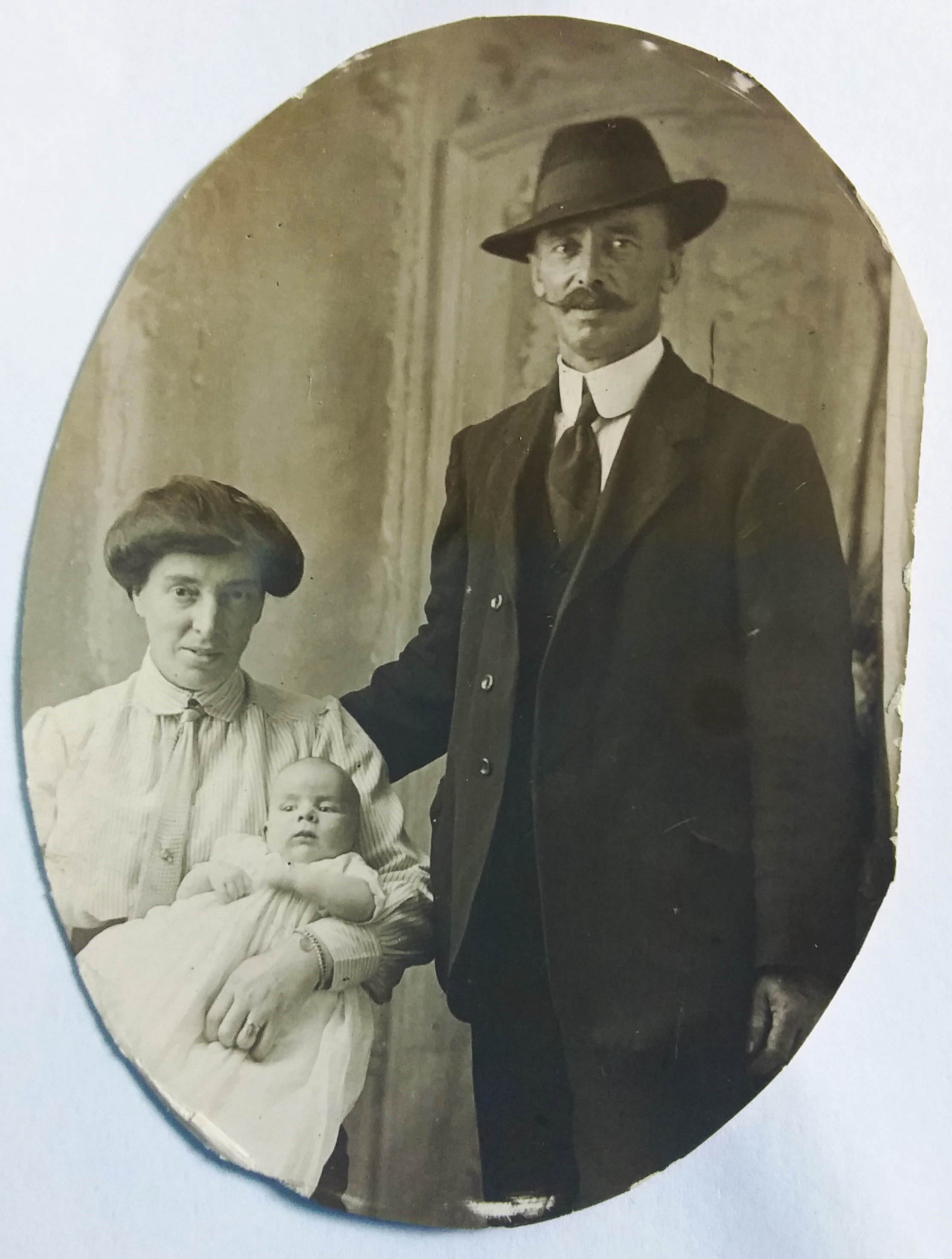
Thomas with his (other, second) wife and baby
Sadly after going back to the army in WW1 aged aged 45, Thomas died in 1919 leaving Louisa and my father, another Thomas Jenkinson born in 1914.
I would have loved to have asked Thomas what happened to Florence his first wife? Did she die? Did you just run off to the army and leave her behind? Why did you always claim to be single on official documents? Did Louisa know of your previous marriage?
(We have to date found no trace of Florence Emily, nee Walker, Jenkinson)
My nomination is Edmund Hodgson Smart, artist. Born and brought up in Alnwick he
studied Art at the ‘Academie’ in Paris, also at Antwerp and Italy. He painted everyone from his sister (in Alnwick), to US President Warren Harding, and to King Edward and Queen Alexandra on their visit to Alnwick Castle. He also visited Los Angeles to paint Mary Pickford and Douglas Fairbanks. His last portrait shown at the Royal Academy was of women’s rights campaigner Annie Besant. Our place in Alnwick is the first floor of his childhood home.
.jpg)
“Dawn” by E H Smart 1907
I would have loved to have met either of my Grandmas, but my Dad’s mother Henrietta Weeks was an unknown factor to me, as she died two years before I was born. She was born in Cardiff, so we (my brother and I) thought she was Welsh. Since we were brought up in Gloucester, where many of our teachers were Welsh, I wasn’t too keen on the Welsh generally speaking! Why we didn’t ask Dad more about her when he was alive? I don’t know.
Although she was born Henrietta (Hattie) Weekes in 1886 in Cardiff, her parents were both from the Brighton area. Her father was a carpenter by trade, so work must have been hard to get in Sussex at that time, and the family moved to Marion Street, near the booming Cardiff docks. It was a working class area then, but has since gone “upmarket”. She was an only child, and eventually moved to Southampton where she met my Grandad, Bert. She was 27 years old when they married on Christmas Day 1913, and they had four children in quick succession between 1914 and 1920. They lived in a rundown part of Southampton again, near the docks.
Her youngest child Rosina May was born disabled and wore a brace on her leg and used a tiny walking stick. She died age 21 months from measles and pneumonia, which must have been devastating to her mother, my Grandma. They were re-housed not long after that, and her three boys grew up in Redbridge on the outskirts of Southampton.
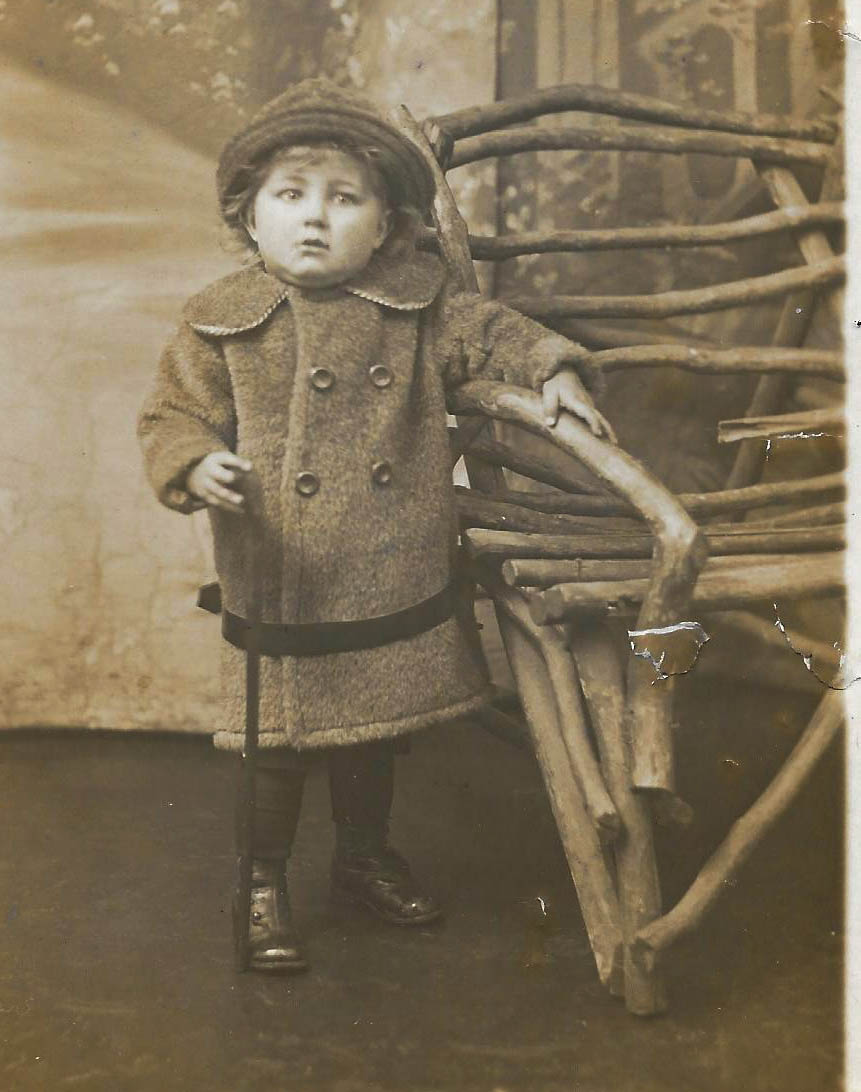
Rosina May just before she died
When war broke out in 1939, her sons were all about the right age to join up. The eldest son Ted was working in the docks as a stevedore, so was ‘safe’ despite the nightly bombing raids on the docks and also the town. Middle son Bert was already in the Navy as a stoker and youngest son Fred joined up in September 1939, to the Medical Corps.
The following year her two younger sons were both announced as ‘missing’. At the end of 1941 she found out that Bert’s ship had been sunk off Norway, and since he was a stoker he had no chance of surviving. Fred was eventually found to be a POW, and was held for 5 years in Poland, until the war was over. As if that wasn’t enough trauma for one person to bear, Hatty’s husband was then almost killed in a railway accident. He was lucky, as he only lost his leg, not his life.
We have a photograph of this remarkable lady, and some say I look like her. Same thick hair. She had such hardships in her life I would have told her to be brave, and not give in to adversity, as she understandably suffered from depression, and died in an institution.

Henrietta – Undoubtedly a beauty
Dear Frank Schultz Your children, grandchildren and great grandchildren want to know about their Russian DNA, and your story.You were born in Russia in 1885. We know from your WW1 records that you joined the Canadian Expeditionary force at the start of the war. This was after you had travelled to Saskatchewan, Canada and had been naturalized.
We want to know where in Russia you were born, and why you left to travel to Canada? How on earth did you manage in 1915 to quickly marry a girl in Gloucester? On your marriage certificate you give your father as Johan Schultz, a sergeant in the Russian army. You then disappear back to being a soldier until the end of the war. Canadian records chart your service as a tunneler in France (one of the most dangerous roles of all in WW1). You went AWOL in Paris for a week. Why did you not go back to Canada? Why go to a Welsh mining town after the war?
Frank, you continued to remain a mystery and never gave anything away. Your children changed the surname to Shelley, and on your grave you are only named as Frank.

Frank Schultz in Uniform
The name that stands out for me is Christmas Patterson, not just because it is unusual but because there is more than one “Christmas” involved. The first person was born in Yarmouth on the 25th of December 1828. He was by all accounts a fascinating family member who got on the wrong side of the law on a number of occasions, ending up in prison.
Christmas Patterson’s record from Gt. Yarmouth goal, with his signature.
Christmas later joined the Royal Navy and fought in the Crimean War (1854-1856) and in the China Wars (1858-1860). By this time he had worked his way up through the ranks, and was serving as a Petty Officer first class. He joined the Royal Navy, however using the alias of Christopher Patterson. He is shown as such right through his career until he transferred to Her Majesty’s coast guard where he served as a commissioned boatman. The navy were apparently aware of his real Christian name, however as they have struck a line through that on his service papers and noted above it “Alias Christmas”. From a very bad beginning, Christmas was a man who turned himself around and won several medals.
.jpg)
Christmas Patterson’s Medals
My grandfather’s father was named after the original Christmas Patterson. This second one was a Pre-WW1 Territorial soldier in the cavalry regiment, the Northumberland Hussars. He also enlisted under an alias-this time it was Charles Patterson. His unit was one of the first to see action in 1914, and took part in the first cavalry charge in France. When I first saw the film War Horse he sprang straight to mind.
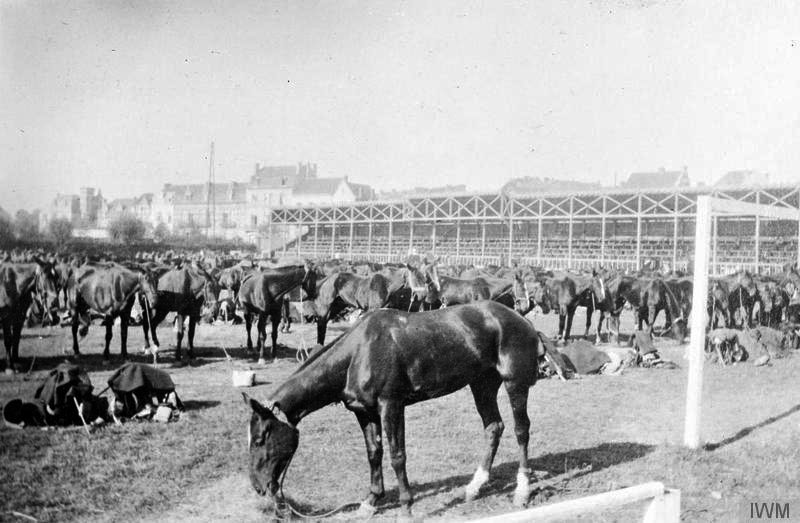
Horses of the Northumberland Hussars rest in Belgium- 1914
Of all our National Treasures, Vera Lynn is one of the most universally respected-and rightly so. Besides being a talented singer, she was also extremely brave. Going out to boost the morale of “our boys” in Burma during WW2 was a literally death-defying decision. Many of the jungle camps she visited in a 3-month tour had Japanese soldiers almost surrounding them. For many of that “forgotten army” it was the only good day they had had in 4 years, one those lucky enough to come back never ever forgot.
Her songs were, of course a major morale booster not just to the boys in Burma but to the entire UK population in the dark days of the Blitz and beyond. It so happens that I have a large collection of wartime sheet music, some inherited from my father, who was a bandleader. Although I never managed to meet her, Dame Vera was gracious enough to write the foreword for a book I promised to write on sheet music as a weapon of war. I haven’t ever got round to doing so yet, but keep promising to do so. At least I have already got a title decided. What else could it be but “Blue Birds Over”?
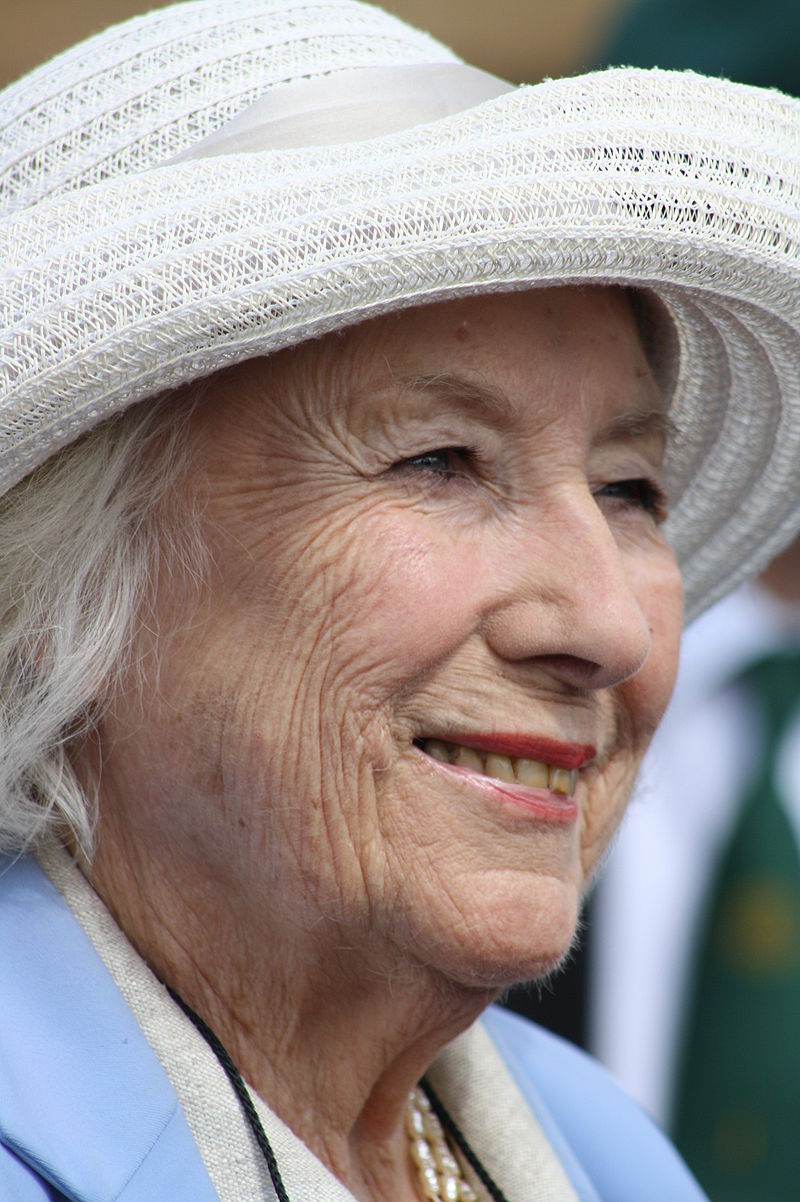
I would not like to have met anybody famous. Who I would have liked to have met was my great great grandmother, who had a very tough life indeed. She was from a reasonably comfortable Alnwick family, but very soon she was effectively a bondager to her wider family at White House Farm.
She had 4 children over a seventeen year period (no fathers revealed), and spent her life moving round farms as an outdoor worker. She ended her days as an outdoor worker, dying with cancer, aged 74. So many questions to ask her. But what a woman!
I live in the states now, but I’ve chosen someone who lived in my house in Percy Terrace, Alnwick who would have been interesting to get to know. His name was Andrew Amory. Andrew (1842 – 1921) lived at 1 Lovaine Place in Percy Terrace for at least the last twenty years of his life. Andrew had been one of the pupils from the Duke’s School that went to the Woodcarving School at the Castle. He first appears in the Castle’s records as a pupil carver in April 1856 when he was fourteen years old. The Woodcarving School at the Castle was established in 1855. “The development of the carving skills led to the adoption of a saying in the town that Alnwick was to decorative arts what Cremona was to the violin!” (A Guide to Alnwick Castle by Rev. C. H. Hartshorne, M.A. 1865)
In an article from the Morpeth Herald in February 1902 we read that Andrew taught woodcarving at the Mechanics’ Institute in Alnwick. He was presented with a case of two handsome silver-mounted briar pipes to express the indebtedness of the students to him for the ‘pleasing and valuable instruction given by him’. Andrew died in 1921. His wife Elizabeth died in 1944 when she was 95.

Percy Terrace, Alnwick
Helen Hunter was born in Bressay, Shetland in 1823. Tragically she was left a young widow with four small children, and in 1870 she emigrated to New Zealand with her three surviving children, then just grown up.
Sadly she lost all three of them in the 1880s. The two girls died of natural causes, both as young mothers. Her only son died in a dredging accident in the Clutha River, during the gold rush. Helen must have been made of strong stuff, bearing all this tragedy and yet living to the grand old age of 96. She died on the 27th February 1919 – which turned out to be a hundred years to the day before we set out on our first trip to New Zealand, without knowing anything then of her story. A coincidence that makes us feel it must have been meant to be. We would love to know what was it that led her to chance everything as a widow of nearly 50 on this adventure to the other side of the world?
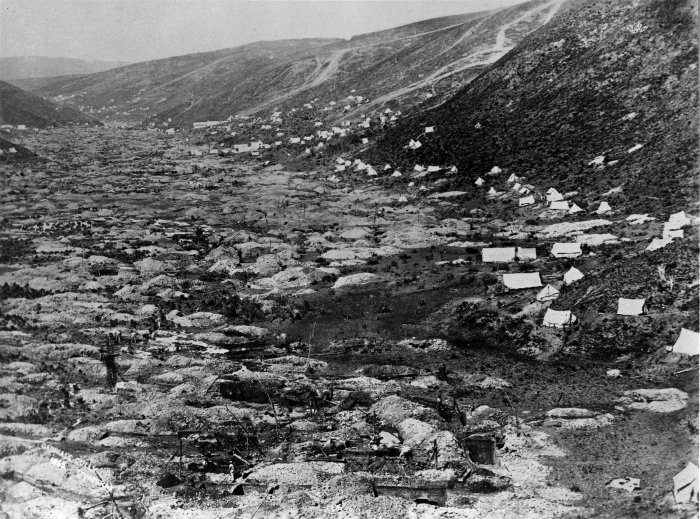
Miners’ tents during the Otago Gold Rush-New Zealand
Joseph Ashburn was born in Alnwick, and in his early years was by trade a slater. On 31st July 1828 he enlisted in the 50th Foot Regiment (Queen’s Own Regiment). In 1834 he married Ann Phillips, a weaver’s daughter born in 1808 in Waterford, Ireland. On 12th May that year the newly-weds embarked on the Roslyn Castle where Joseph was one of the 29 soldiers guarding convicts bound for Australia. 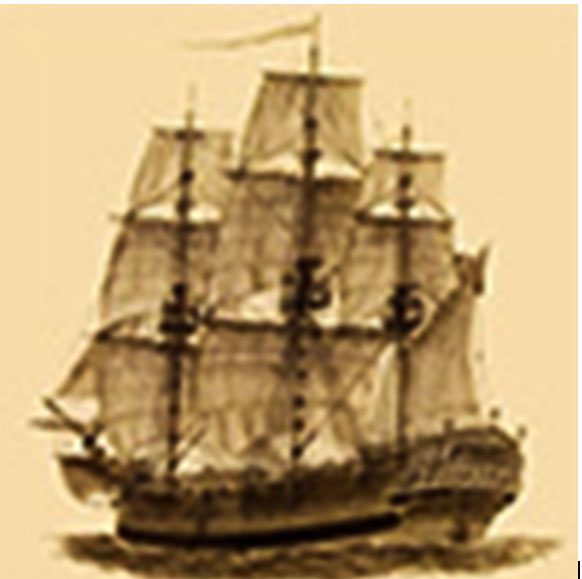
The Roslyn Castle
Roslyn Castle was a 450 ton merchant ship and convict ship. Built in 1819 at Bristol, she was described as a single decker. Her hull was sheathed in copper in 1823 and in patent felt and copper over boards in 1828.
On her fourth convict voyage, again under the command of William Richards, Roslin Castle left London on 27 May 1834 with 230 male convicts. Their average sentence was 9 years, but there were 63 life sentences. Three convicts died during the voyage. She arrived at Port Jackson on 15 September .
Settled in Australia, Joseph and Ann had 6 children: Sarah b 1835, Elizabeth b1837, Maria b 1840; Charles b.1841, Joseph b 1843 and Dorothy Eleanor b 1847. The older children were born in Sydney but the younger ones were registered in Muswellbrook, New South Wales.
It seems from the births that Joseph & Ann moved to Muswellbrook, when Joseph was appointed Constable aged 32 in 1843 Being an ex-soldier previously in control of a large number of convicts he must have seemed a suitable choice, and he served as Constable until 1852. In 1854 he and Ann bought a cottage which became the Muswellbrook Benevolent Hospital of which he became Warden and Ann the Matron.
Joseph died 13 September 1875 aged 65, having been a good servant of the Muswellbrook community for over 30 years. On his death certificate his parents are listed as Joseph Ashburn, gardener and Dorothy Carr of Alnwick, Northumberland.

